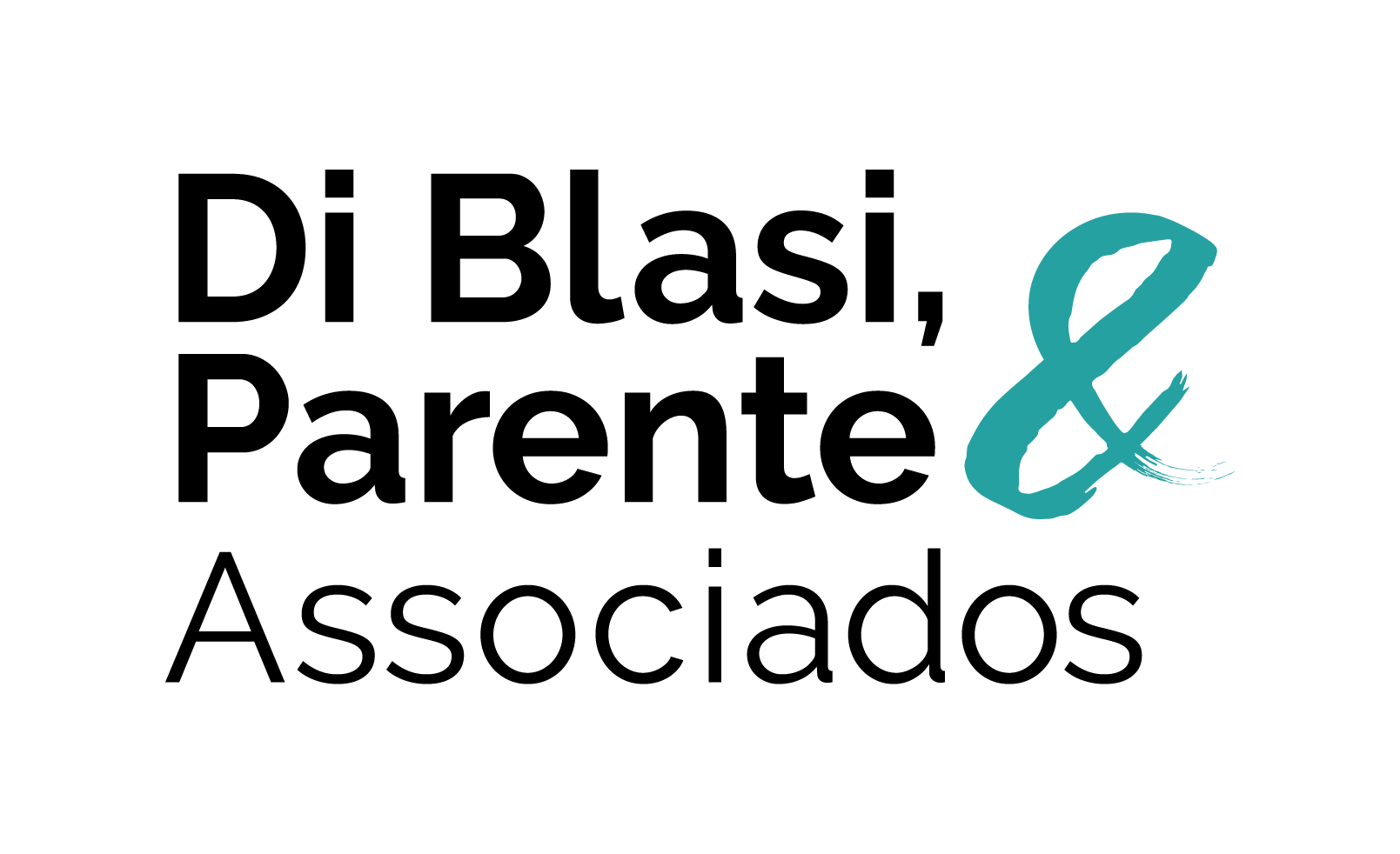The Brazilian Health Regulatory Agency (ANVISA) approved on December 6, 2023, the skinny labeling in Brazil, by amending Article 14 of the norm 47/2009. Prior to the amendment, the regulation stipulated that every generic medication should come with a label identical to the reference medication – meaning the generic drug’s label had to include the same indications as those outlined in the records of the reference medication.
With the recent update, pharmaceutical companies will be allowed to remove therapeutic indications, administration routes, dosage, concentration, or other information that might be protected by patents from the label. This practice is common in other countries (known as Skinny Labeling), especially to avoid infringements on second-use patents.
The norm update is justified by authorities as a public policy aimed at encouraging the availability of generic drugs in the country, reducing treatment costs for the population and the government. However, this measure raises concerns among patent holders, who might face difficulties proving patent infringements (especially for second-use patents).
Currently, there’s an air of uncertainty in the Brazilian market. The debate about whether a generic drug manufacturer, through the wording provided on the label, could indirectly contribute to the infringement of a second-use patent is not settled. At the same time, the Federal Office of the Brazilian Health Regulatory Agency expressed an opinion “regarding the possibility that generic and similar medications differ in therapeutic indications from reference medications, upon the extension of patent protection for a new indication.”
Apart from the complex discussions involving potential patent infringements, there are significant questions about the legality of the amendment published by the Brazilian Health Regulatory Agency. Some argue that a Resolution couldn’t alter the content of a law. For these critics, sections XX and XXI of Article 3 of Law 6.360/76 are clear in that similar and generic medications must present “the same active principles, (…) the same concentration, pharmaceutical form, route of administration, dosage, and therapeutic indication” as the reference medication, without any exceptions. Therefore, the December 6, 2023 update might be contested in the Judiciary, preventing the practice of Skinny Labeling in Brazil, at least until Congress legislates on the matter. Given the uncertainties brought by the Brazilian Health Regulatory Agency’s update, it’s important for pharmaceutical companies – both holders of patents for reference medications and companies focused on generic commercialization – to anticipate the challenges and opportunities arising from Skinny Labeling in a country that, according to IQVIA’s study, holds the 6th largest pharmaceutical market globally, with growth trends expected until 2027.

